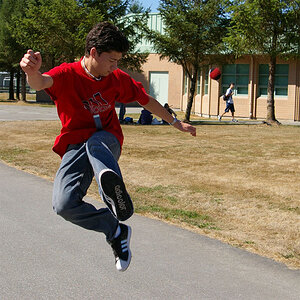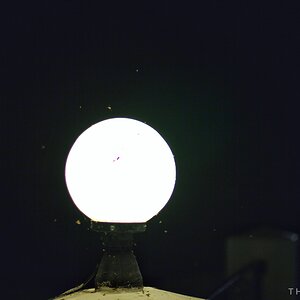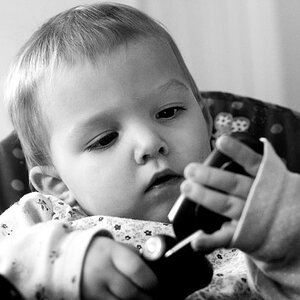TCampbell
Been spending a lot of time on here!
- Joined
- Mar 31, 2012
- Messages
- 3,614
- Reaction score
- 1,556
- Location
- Dearborn, MI
- Can others edit my Photos
- Photos OK to edit
Who meters their exposure while pressing the LCD backlight button? Seriously?!
Here's a quick firmware "fix": patch the firmware so that whenever the light meter activates, the LCD back-light DE-activates. That way it won't throw the exposure.
Here's a quick firmware "fix": patch the firmware so that whenever the light meter activates, the LCD back-light DE-activates. That way it won't throw the exposure.







![[No title]](/data/xfmg/thumbnail/37/37622-530e264cdd98e6648079b89d7d3cd356.jpg?1619738153)
![[No title]](/data/xfmg/thumbnail/35/35875-613296cbb015a9d4bc5b47aca161290e.jpg?1619737200)




![[No title]](/data/xfmg/thumbnail/36/36678-71ca8166409788704ac0b1cd83c26787.jpg?1619737677)